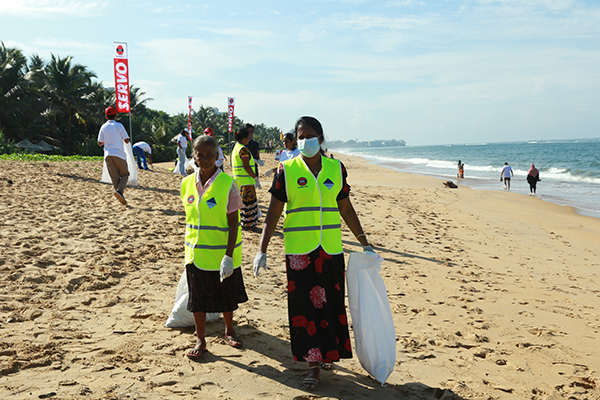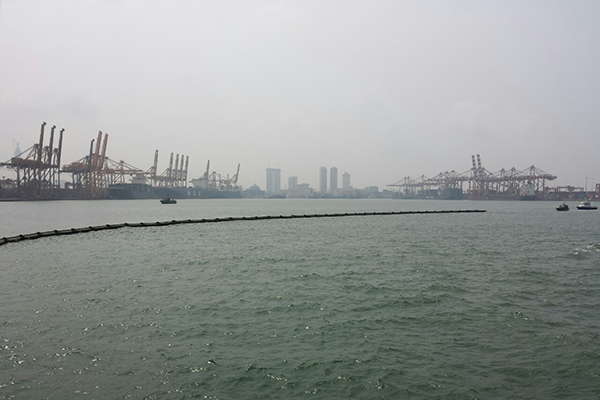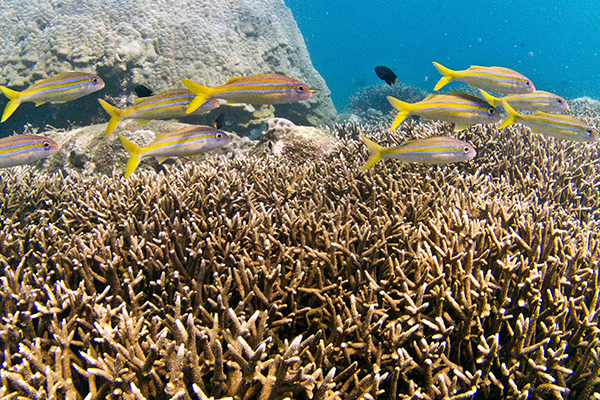Non-native species, also called exotic species, can be defined as a species that originated somewhere other than its current location and has been introduced to the area where it now lives. These non-native species have a high potential to become invasive species that are actually harmful to the marine ecosystem. However, not all non-native species are invasive species. In fact, invasive species is a non-native species of plant or animal that outcompetes other species causing damage to an ecosystem. Some species may be introduced to the current habitat passively by mistake while moving other species or washing away due to tidal currents.
Invasive species can lead to the extinction of native plants and animals, destroy biodiversity, and permanently alter habitats. This can eventually result in huge economic impacts and fundamental disruptions of aquatic and terrestrial ecosystems.
So, it is evident that the invasiveness of marine alien species has a huge impact on coastal ecosystems. As the MEPA we have the responsibility to protect our territorial waters and coastal zones not only from harmful human activities but also from the threats of these invasive exotic species too. A detailed study of biodiversity in the marine environment is essential to detect these non-native species around our coastline, to assess the risk of new introductions, to serve as baseline data, and also to understand the marine biosecurity status.
Thus, Sri Lanka has carried out a Port Biological Baseline Study (PBBS), commensurate with the National Ballast Water Management Strategy to record the current indigenous and non-indigenous species diversity, in four of its international shipping ports and their environs, commencing with Colombo Port. Through this Port Biological Baseline Study, we identified several introduced marine species. However, further studies are needed to carry out the identification of invasive species among those pre-identified exotic species in the PBBS.
Hence, MEPA conducted a study to determine the potential invasiveness of species that occurred in commercial harbors and also to investigate other non-indigenous species that are globally known marine invasive species, in the proposed study areas. This comprehensive study is indeed important to determine the invasiveness of the globally recognized known marine invasive species and other potentially invasive species. Also, it is essential to identify the impact of those invasive species on biodiversity, human health, and socio-economic activities, especially on fisheries and other maritime industries.







